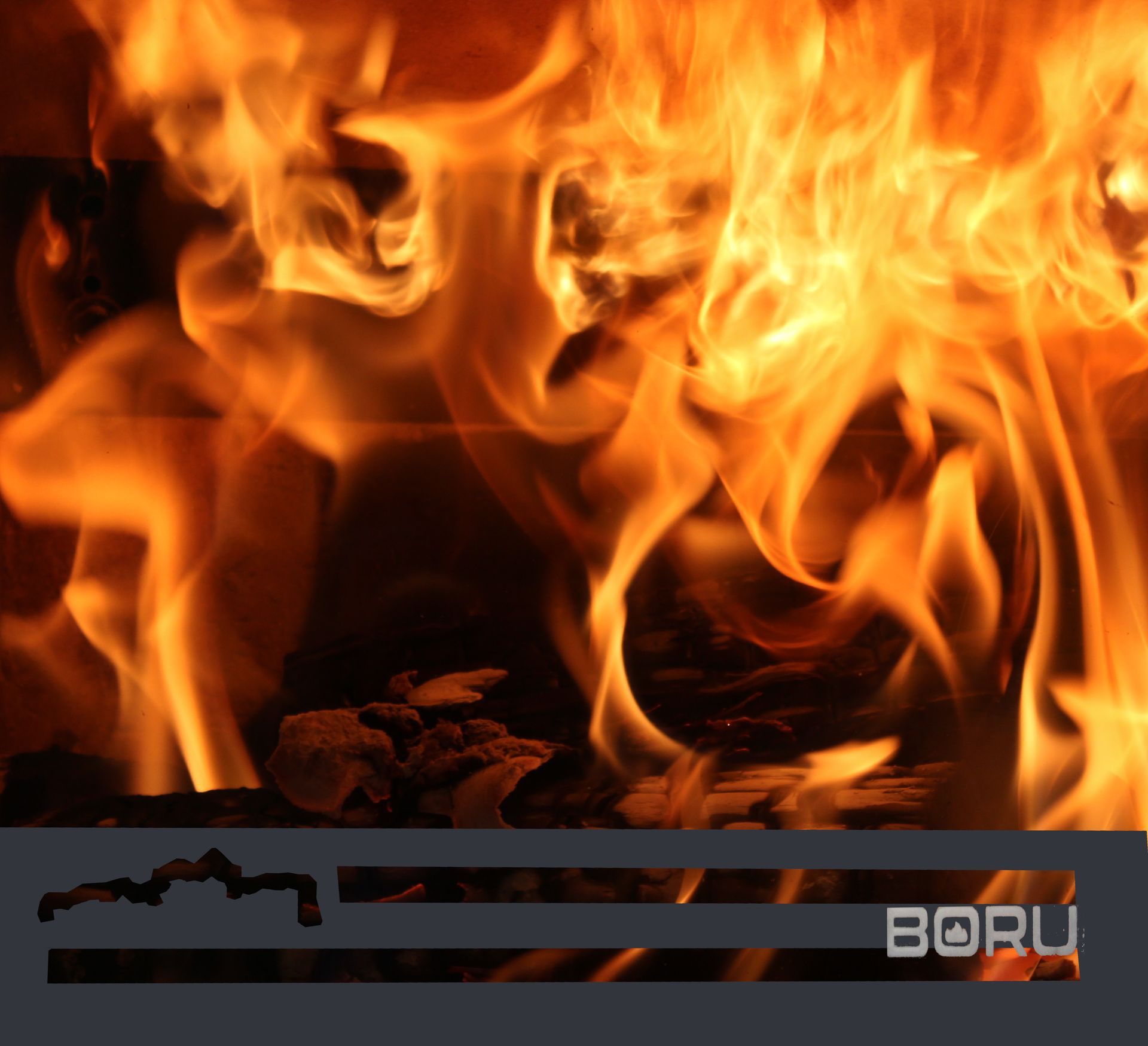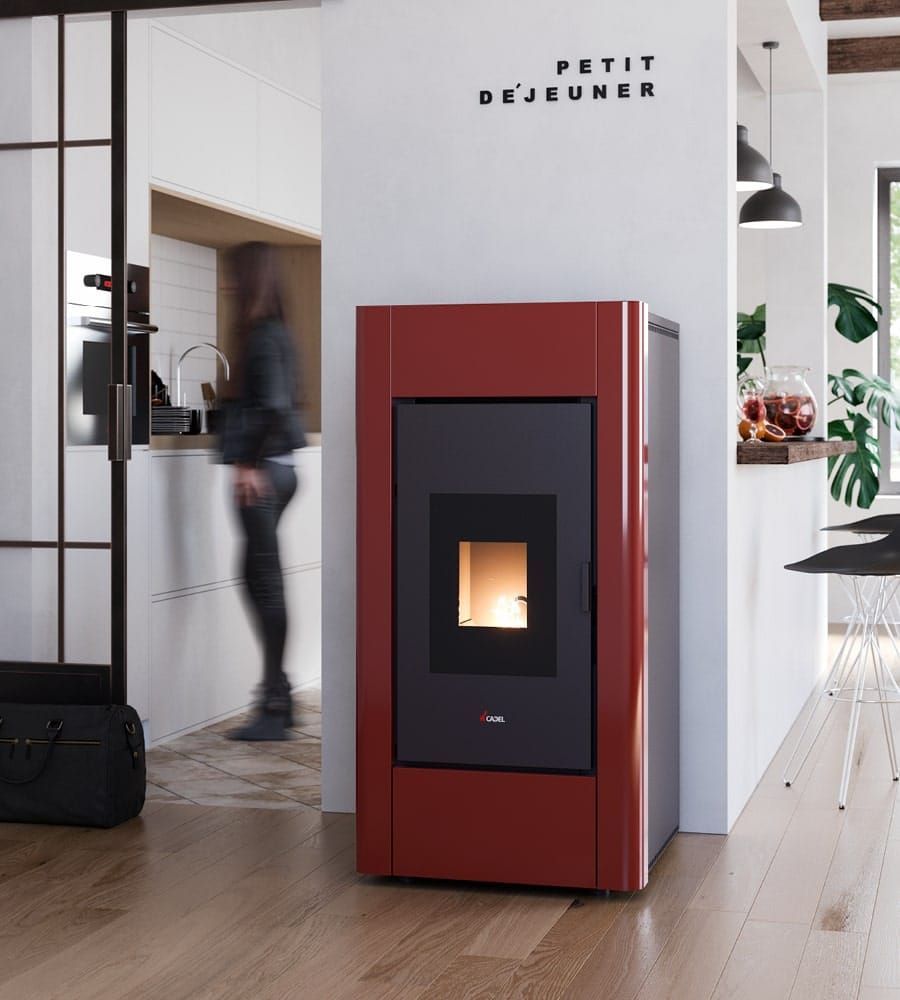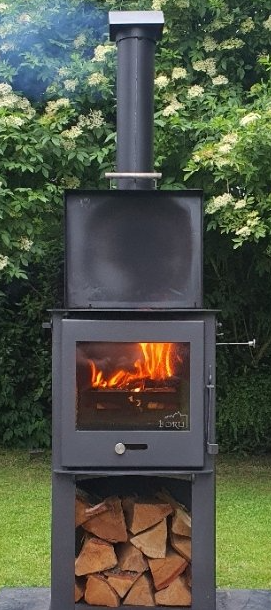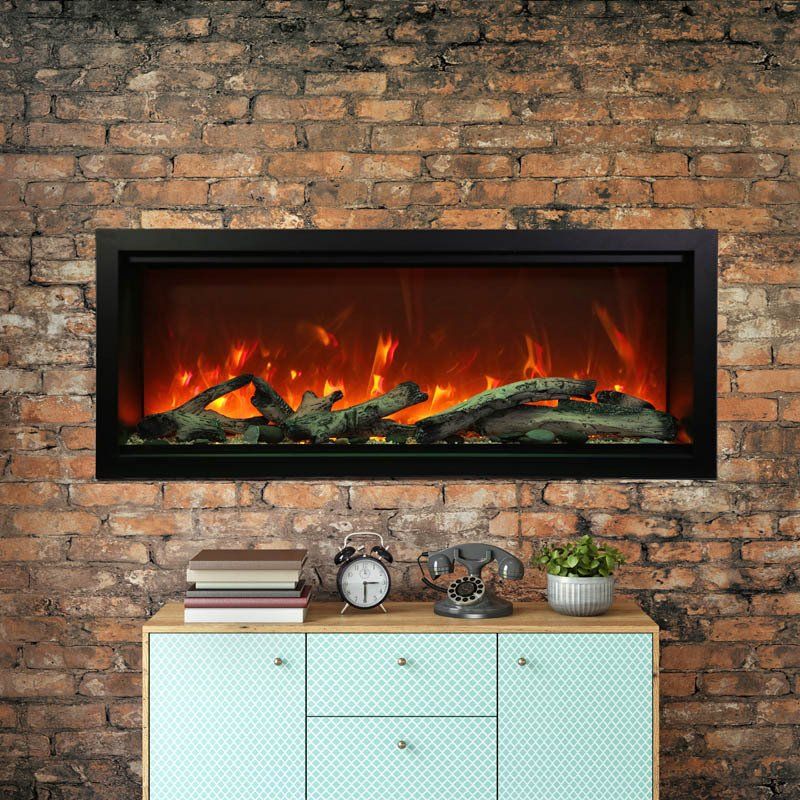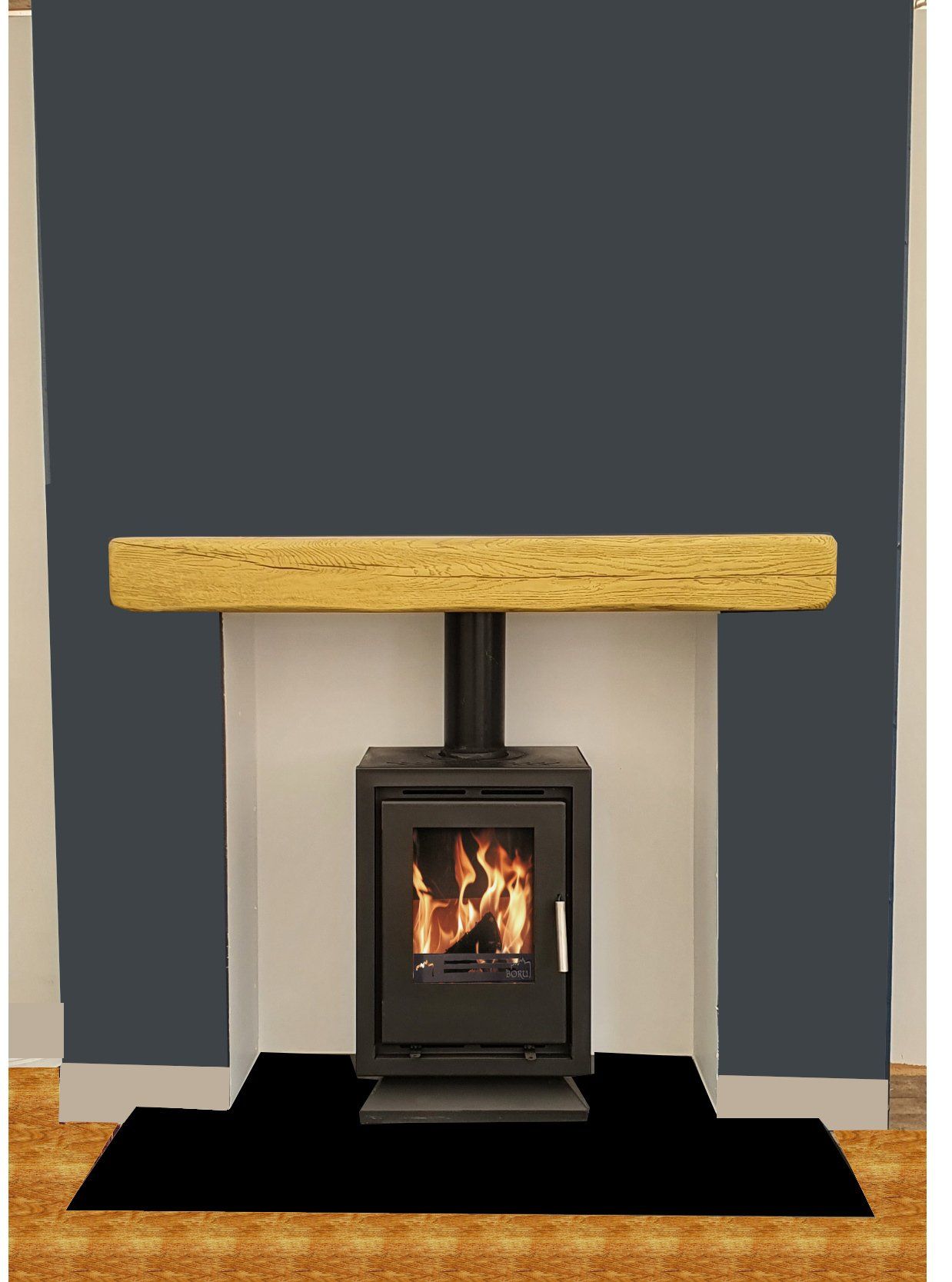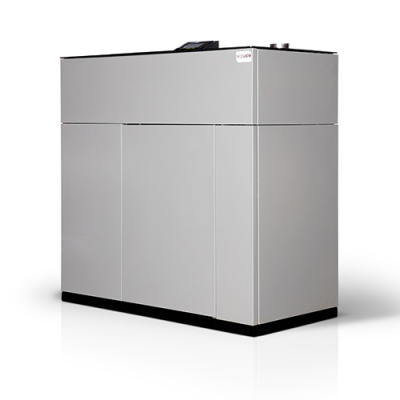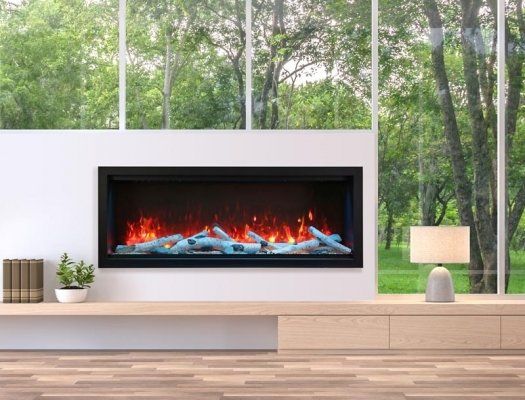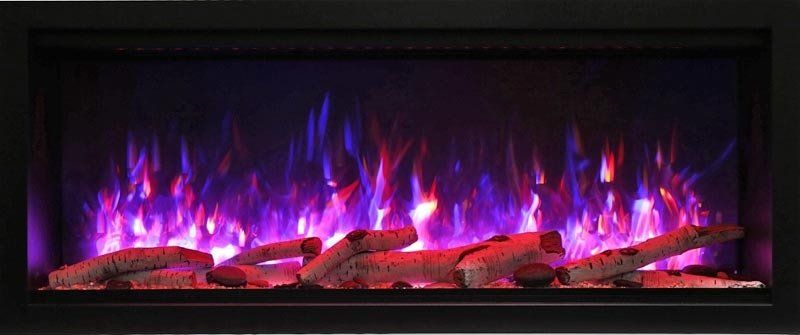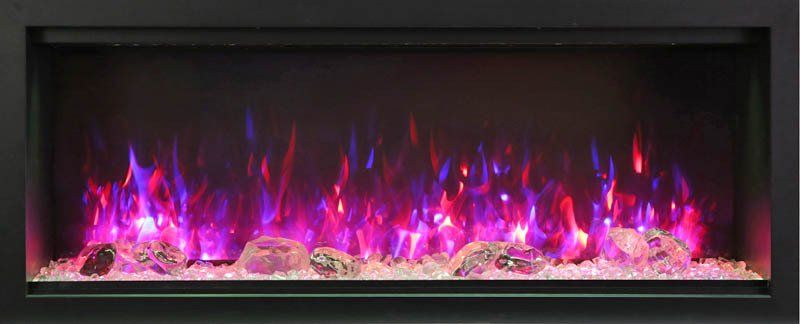Shrinkflation, does size really matter?
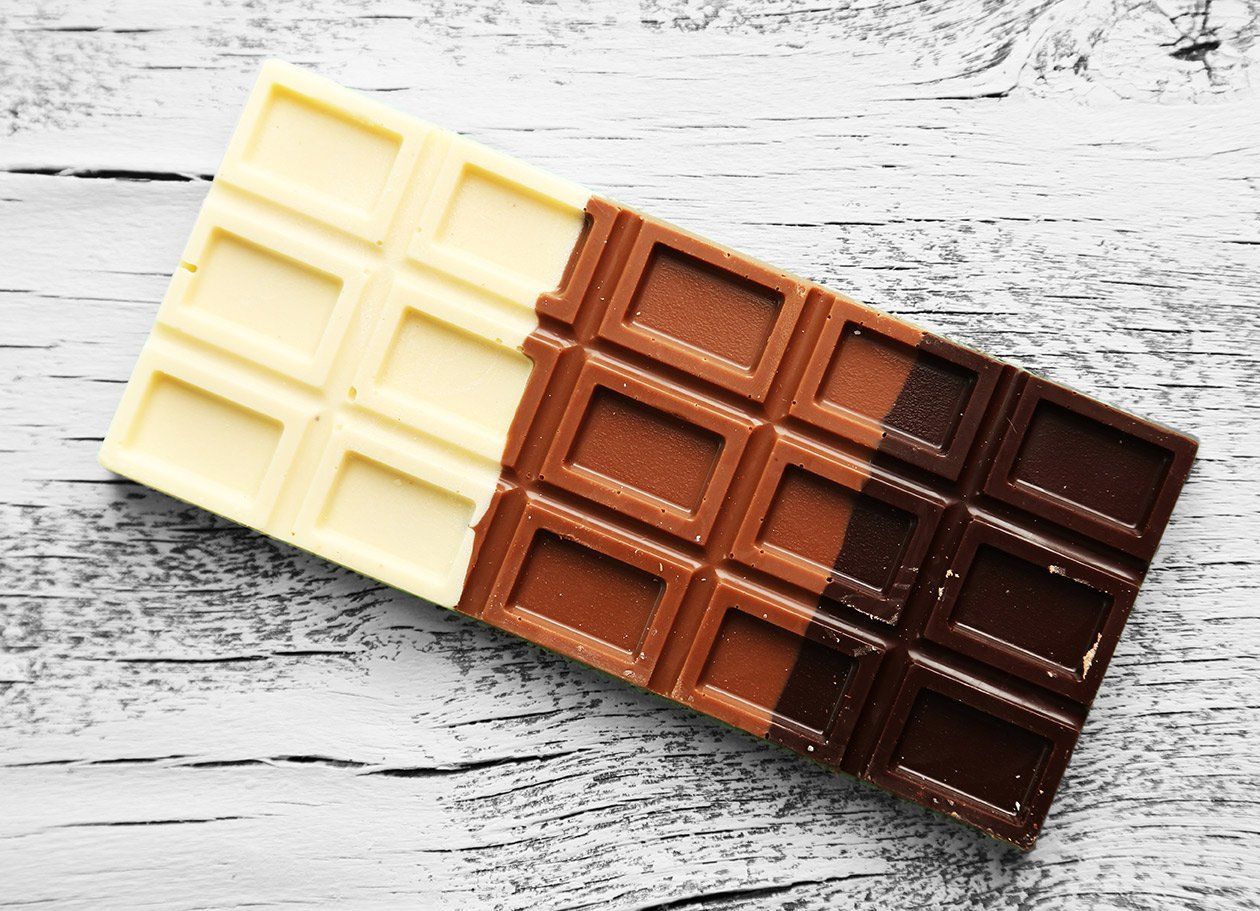
Shrinkflation, it's been prevalent in the food industry for a few years now. We have all experienced it, you know when you're buying your favourite chocolate bar and it doesn't just seem the same. It tastes perfect and looks the same but guess what even though you paid the same for it as you did two years ago, it's smaller. Why? You wanted a bar of chocolate not a specific size bar. It's much easier for the marketing company to market a smaller bar than a price increase on a price sensitive product. Larger corporations want it on their bottom line and as we all know from the food sector in Ireland the smaller producer has their margin decimated.
Don't worry, this is not a food blog but all this has relevance throughout all industries especially in ours. So you get 18kW's instead of 20kW not a big deal, right? Wrong! That's not how it works, as a manufacturer I have a good knowledge of how they do it.
Take a simple product like a grate for an open fire, chances are in the 1990's you purchased a grate every two to three years but it cost probably four to five times more than today but it lasted. If you still have an open fire you probably go through two to three per year even though it's the same size. You more than likely have change out of a tenner as well. So you're actually paying more when you work out the cost over it's life. The cast iron mix is not the same so as to keep the price down, to go back to my food blog it's very similar to watering down your craft gin.
I've seen stoves here in Ireland sold for €159 which look great but steel components are made 2mm thick or even less. The small print says it's for occasional use, Good occasions to me are Weddings and Christenings! If these stoves were being made by a lost tribe in a forest just south of Cashel that swapped them for a cooked chicken and then delivered them free when they were collecting the chicken I would still say that it is impossible for it to be viable unless like other industries you purchase the stove for €159 and €1000 to have it delivered.
We can all try and compete but with an appliance like a stove you have a lot more to consider than when purchasing a chocolate bar. These are just a few:
Standards, is it certified to EN 13240, 13229 or Eco Design
Is it manufactured in a in a proper manner in a reputable ethical factory?
Can you get parts afterwards?
How long is the business selling it to you been operating, are they a business? or have they just landed the deal of a life time that's too good to be true, that'll fall back on you.
How often can you use it?
What fuel can you use?
I'm not saying that there are not serious deals out there but remember if steel is a thousand Euro per tonne and when it's processed it's being sold for 900 there's something wrong. I'm going to sum it up now as I have finished my fourth and final bar of my favourite undersized bar.
My advice is shop local, shop from a reputable company and lastly if it seems too good to be true, It is.
All our materials are sourced as local as allows on an Island using Europen steel minimum thickness of 5mm on boilers and also European glass brick and over 50 local employees.

